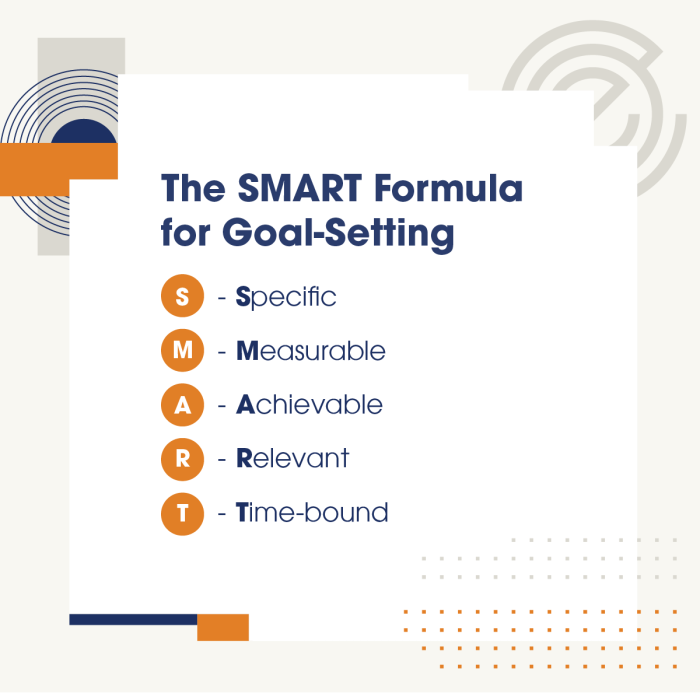How to Set Realistic Recruitment Goals
From fintech to health tech to clean tech, it’s fair to say Australia’s tech industry is booming. As a Manager working in this space, you should be keenly aware of the massive shortfall between the demand for and supply of quality tech professionals.
In this climate a focus on your recruitment efforts is paramount. A great place to start is to set your recruitment goals for FY23-24, as these are the foundation of an optimum recruitment strategy. Below, we cover some advice for setting recruitment goals, alongside a few examples to help you kickstart the process.
Audit Your Current Recruitment Process
Developing a recruitment strategy begins with an audit of where you currently sit. It reveals what is and isn’t working, and allows you to form technology recruitment goals based on data, rather than conjecture.
Consider reviewing some or all the following key recruitment KPIs:
- Cost-per-hire
- Time-to-fill
- Number of qualified candidates
- Interview-to-offer ratio
- One-year turnover rate
- Offer acceptance rate
- Sourcing channel efficiency
Note: should you need assistance in collating and analysing this data, our Technology and Digital recruitment team are very familiar with the task!
This data exposes you to an exorbitant amount of detail about how well (or not) your current recruitment processes are functioning. For instance, you may find your time-to-hire and interview-to-offer ratios are high, equating to a long recruitment process. In this current environment where top tech talent often has a pick of open roles, you can’t afford a lengthy recruitment cycle.
Conversely, you may find your screening and interviewing processes work well right up until the offer stage, but you have an undesirable offer acceptance rate. In conjunction with your recruitment data analysis, consider sitting down with your C-suite to also discuss the following:
- What are we looking to achieve in 2023?
- Are there any significant business changes (predicted and otherwise) that will impact our staffing requirements this year?
- What tech roles do we need to recruit for?
- What specific skill sets do we need for these roles?
- How do we measure success in these roles?
- What is our budget and time limit to hire?
Set Your Recruitment Goals For 2023
Based on your KPI data and answers to the aforementioned questions, you can now set recruitment goals to fill your technology roles.
Broadly speaking, these can slot into two categories – recruitment process goals, and awareness and engagement goals. The former relates to fine-tuning your entire recruitment experience, while the latter hones in on your company brand and reputation in an attempt to attract active and passive talent.

Every business is unique, so the goals you choose may be different to those of your competitors. However, in the following section, we have selected a few of the most common tech company recruitment goals, the rationale for why it’s so important to address them, and some suggestions to adjust your recruitment processes accordingly.
Revising Your Recruitment Processes to Align With Your Goals & KPI Data
Here are three common recruitment areas with an associated recruitment goal, plus advice about how to address any pain points you have in that space:
Recruitment Area: Candidate Profile
The goal here should be to develop a specific candidate profile for each tech role before beginning the recruitment campaign.
Why it’s Important:
A clear candidate profile gives your recruitment campaign a clear focus. If you work with a Technology and Digital recruitment agency, this helps them quickly select the best-matched candidates, thereby reducing your time-to-hire.
In developing a candidate profile, consider not just what technical competencies they need but the ideal mix of soft skills and values as well as how they will fit into their potential team.
Spend some time drawing up a ‘must-haves’ versus ‘nice-to-haves’ list, as well as being open to hiring for potential over experience.
Recruitment Area: Candidate Attraction
The goal here should be to ensure your recruitment campaigns are targeted at current candidate priorities by conducting industry research about what potential tech employees most desire in a role.
Why it’s Important
It is possible that during your recruitment audit, you discovered a pattern of failing to secure your top choice for a role. There are a number of reasons why this happens, from focusing on the wrong offerings in your role, to issues with your brand.
It’s clear that in 2023, the demand for top tech employees will remain, especially until the numbers of skilled migrants rises back to pre-pandemic levels, which may take 18+ months. In this environment, you really can’t afford to consistently lose out to a competitor.
Do your research about what current tech candidates really want in a new role, and then adjust your Employer Value Proposition (EVP) to match.
Recruitment Area: Candidate Experience
For this goal, you need to look at how to improve the quality of your candidate experience by shortening recruitment timeframes and enhancing the follow-up and feedback process.
Why it’s Important
As previously alluded to, taking too long to hire can mean you lose your first or even second candidate choice to another company.
A poor candidate experience can result from an inefficient process, which culminates in the loss of talent too early. It may be due to a lack of follow-up or clarity about progress in the recruitment pipeline, or too many interview stages.
You could use your KPI data to identify process bottlenecks and then look at ways of tweaking them. Engaging with a professional recruiter at this stage can be of real benefit, especially when it comes to utilising their best practice (read: fast) recruitment processes.
Connect With Us For More Help
We hope this blog has offered you valuable tips when it comes to reviewing your current hiring processes and setting recruitment goals for 2023.
With a team of Technology and Digital recruitment specialists working from offices across Australia, we’re well-placed to address any recruitment issues you may have, whether it’s advice about overhauling your processes, or taking the stress of hiring out of your hands entirely. Please get in touch for assistance.






